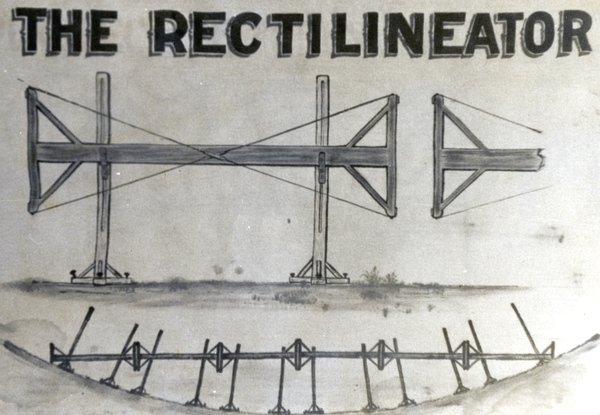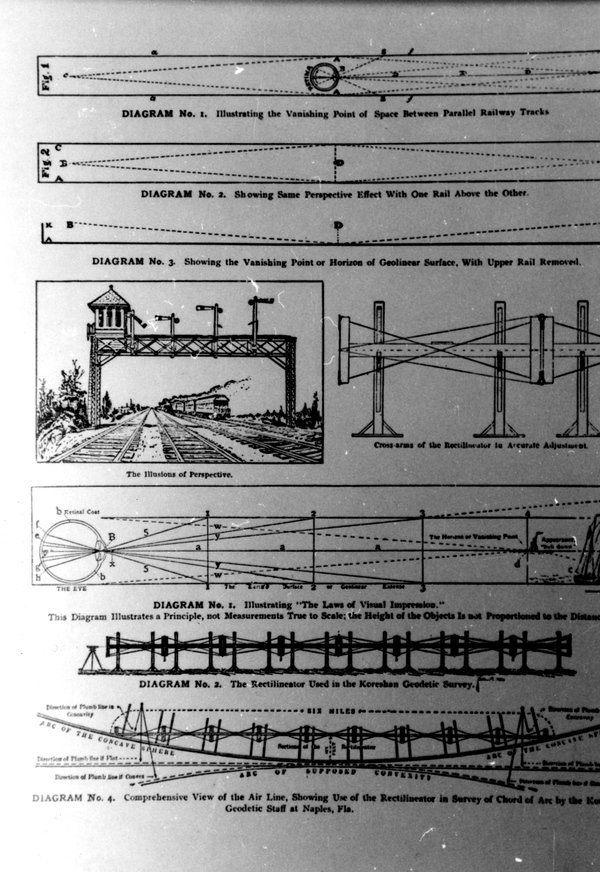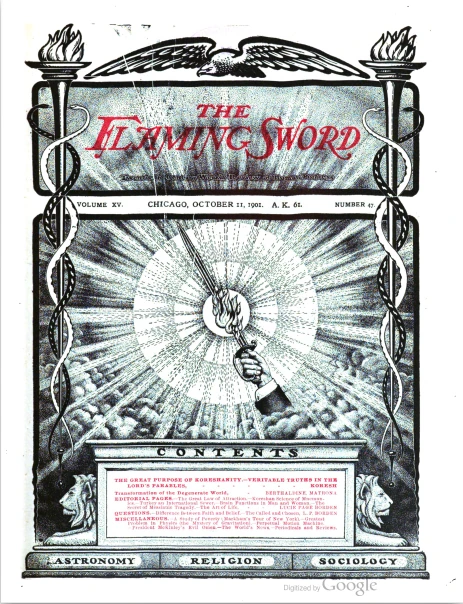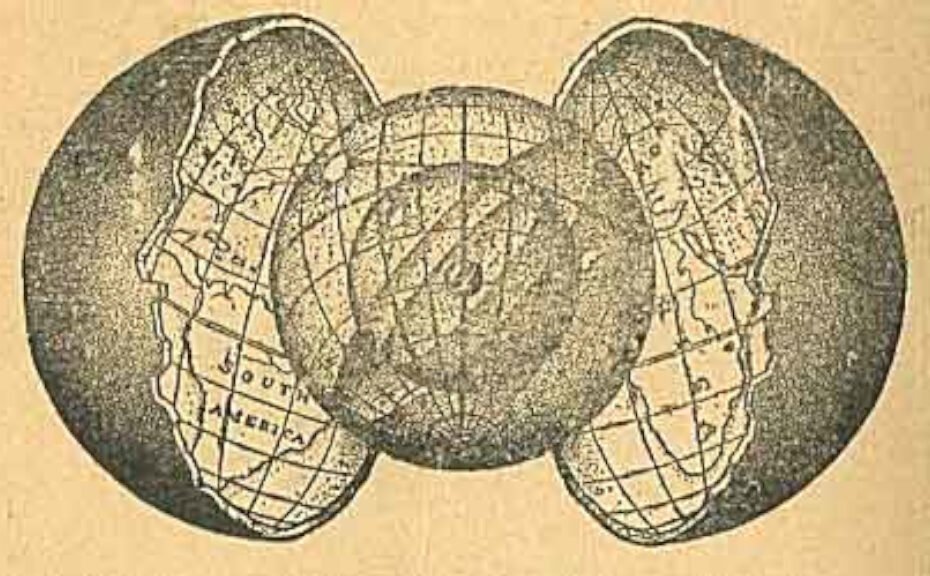The Koreshan Unity was a utopian community founded by Cyrus Teed, also known as Koresh, based on his set of beliefs called “Koreshanity”
. One of the key aspects of Koreshanity was the belief in a concave Earth.
To prove this belief, the Koreshans utilized an instrument called the rectilineator.
Here’s how the rectilineator worked and its connection to Koreshanity:

Purpose: The rectilineator was designed to create a perfectly straight measuring line.
Construction: The Koreshans constructed four 12-foot-long, 4-foot-wide rectangles made of seasoned mahogany. These were designed to be bolted together with precision to form a straight line.
Method of Measurement: The plan was to start with one rectilineator leveled and then extend the line by leap-frogging each piece to the front. The rectilineators were inverted when moved to counteract any asymmetry in construction.
Concave Earth Theory: According to Koreshan belief, if the Earth's surface was curved (either concave or convex), the distance between the rectilineator and the water level would change gradually as the line extended, with the error increasing further they went. The rectilineator would thus serve as a tool to prove the Earth's concavity. 
The Koreshan Unity Settlement Historic District in Estero, Florida, showcases a model of the rectilineator, which is displayed in the Art Hall
The Flaming Sword
Thank you Cyrus!

The Koreshan Flaming Sword was a periodical publication produced by the Koreshan Unity, a religious group founded by Cyrus Teed in the late 19th and early 20th centuries. The publication served as a platform to promote the group’s unique religious and social doctrines, which included beliefs in cellular cosmogony, celibacy, community, and the pursuit of immortality.
Koreshan Unity: This utopian community, also known as Koreshanity, was established in Estero, Florida, by Cyrus Teed, who also went by the name Koresh.
Religious Beliefs: The Koreshans adhered to a unique set of beliefs, including the idea that the universe exists inside a giant, hollow sphere (cellular cosmogony). They also believed in celibacy, community living, and the possibility of achieving immortality.
The Flaming Sword: This was the name of the Koreshan Unity’s periodical, which began publishing in 1889 and continued until 1949.
Significance: The Flaming Sword served as a vehicle for disseminating the Koreshan ideology, including their interpretations of biblical texts and their vision for a transformed world.
End of Publication: The printing press used to produce the Flaming Sword eventually burned down in 1949, marking the end of its publication.
To be Continued > what can be found in the Flaming Sword?
